How art and philanthropy can create a better connection with nature
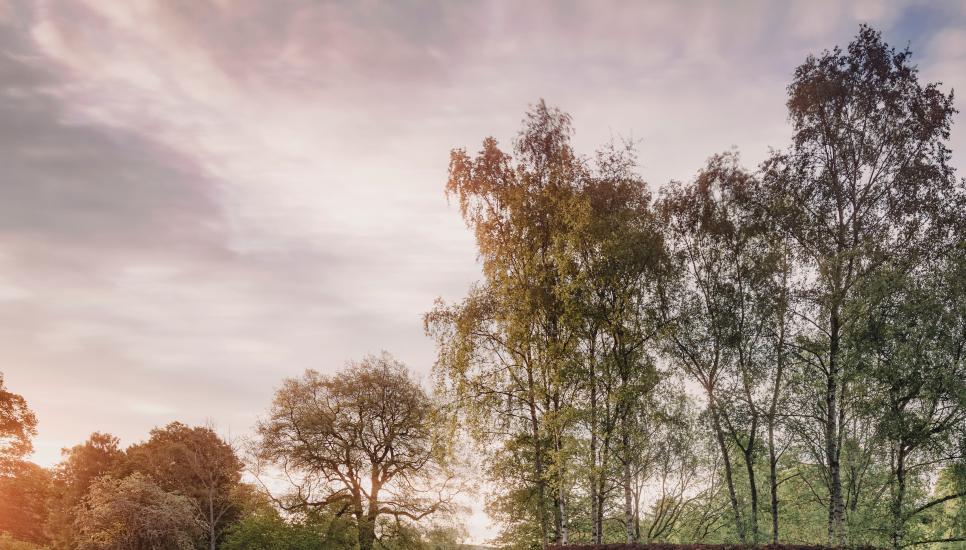
Our connection with nature is more vital than ever and family offices and businesses are readily responding to the desire to adopt ESG considerations.
According to Campden Wealth’s Investing for Global Impact: A Power for Good 2021 report, impact investing adoption is growing at a phenomenal pace with average portfolio allocations rising from 20% in 2019 to 36% in 2020 and a predicted rise to 47% in 2022 and 54% by 2027.
Chaired by Jamie Cayzer-Colvin, the fifth-generation director of family-controlled trust Caledonia Investments, UK-based The Oak Project aims to help restore our connection with the environment through a programme of art, culture and creativity.
Believing that art can reconnect us to the natural world, helping to heal the rift between us and the planet, The Oak Project has been developed in response to recent psychological research by the University of Derby which demonstrates that art can play an important role in motivating people to take action to protect the environment.
Campden FB speaks to The Oak Project director Helen Meech [pictured right] about the benefits of a programme that helps us get back to nature.
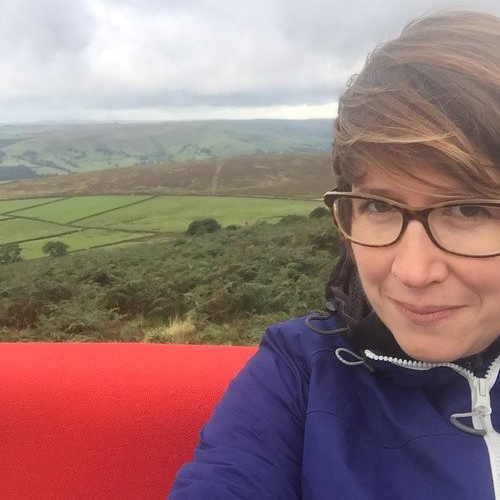 How does the Oak Project promote art, culture and creativity to rebalance our relationship with the natural world and why is it necessary?
How does the Oak Project promote art, culture and creativity to rebalance our relationship with the natural world and why is it necessary?
Three of the most important issues of our time – the climate emergency, wildlife loss and the mental health crisis – have one thing at their heart: the relationship between people and nature.
Feeling connected to the natural world brings vital benefits for both people and planet. Research shows that life feels better when we have a strong connection to nature, boosting our wellbeing, purpose, happiness and mental health. Nature connectedness also makes us more likely to care for the world around us. At a time when our planet is facing a climate crisis and mass extinction, nature connection is vital because it motivates us to preserve and protect the environment.
The Oak Project’s work is based on research by the University of Derby which shows that arts activities are uniquely placed to help people build stronger connections to nature. Our programme explores our relationship with the natural world and builds connection to nature through arts, culture and creativity. We promote tuning in with the senses, letting nature manage our emotions and well-being, celebrations of nature — and, above all, loving nature.
We launched in 2021 with a programme built around three major projects:
Silence - Alone in a World of Wounds - A site-specific sculpture space by Heather Peak and Ivan Morison within the landscape at Yorkshire Sculpture Park
Great Oaks From Little Acorns Grow... - An installation by Charlotte Smithson at Chelsea Flower Show;
The Tune into Nature Music Prize - A competition for musicians and singer/songwriters aged 16-29 whose work fosters and celebrates a stronger relationship with nature through contemporary popular music.
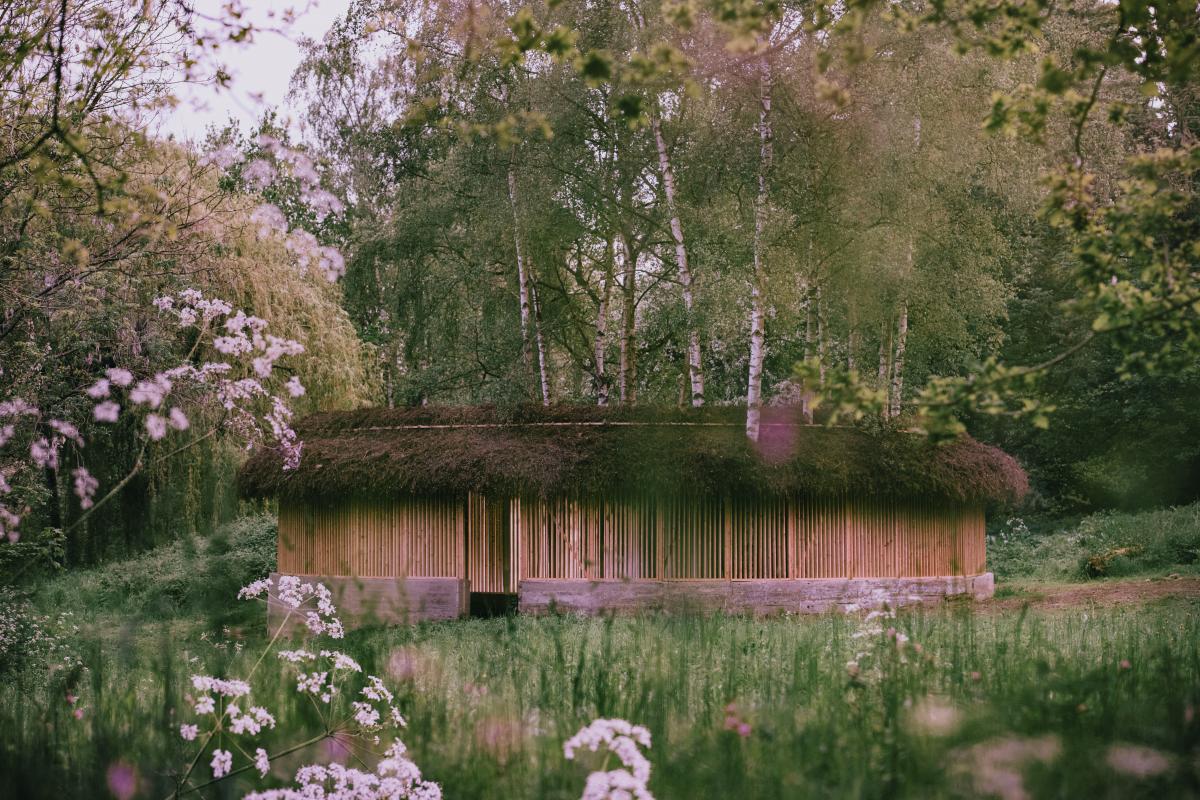
Silence - Alone in a World of Wounds. Photo: Charles Emerson.
Which endeavour and its outcomes are you most proud of so far?
I’m really proud of the impact we’ve had in our first year. The formal evaluation work by our research partners at the University of Derby demonstrates that experiencing nature through the arts is leading to a significant increase in both nature connection and personal wellbeing and is leading to more environmental action.
Dr Carly Butler and Professor Miles Richardson of the Nature Connectedness Research Group at the University of Derby led a project to evaluate the impact of Silenceand Great Oaks From Little Acorns Grow... This evaluation revealed:
- Visiting Silence significantly increased nature connectedness and wellbeing.
- More than half of all respondents agreed or strongly agreed that visiting Silence made them want to do more for nature.
- Over 70% of respondents agreed that Great Oaks helped them feel more connected to nature and wanted to do more to help it.
This has given us proof of concept that creatively growing connection to nature is both good for people and planet. We have shown the power of the arts in driving environmental action, and in creating the cultural shift we so urgently need to face up to the climate and nature emergency. I’m looking forward to taking this work to scale, growing the Oak Project into a movement of cultural and environmental partners working together to drive action and impact for nature.
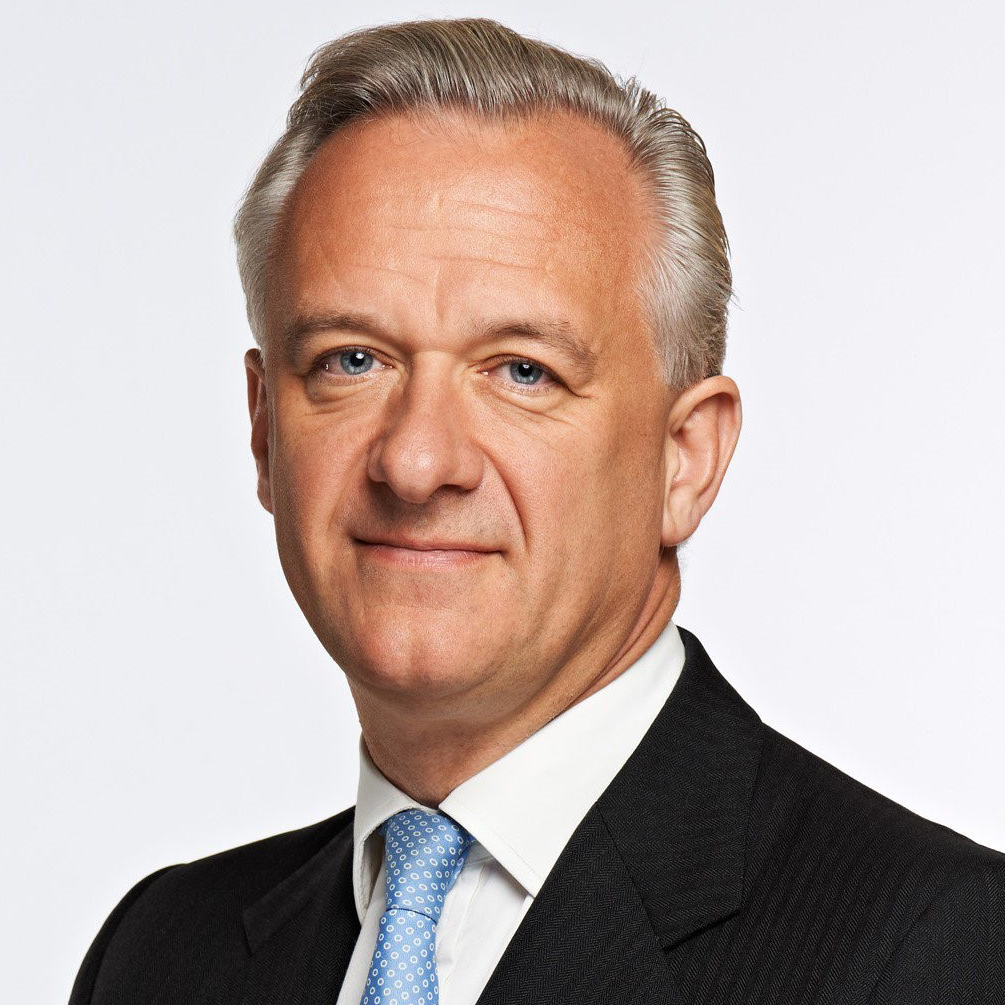 Jamie Cayzer-Colvin [pictured left], the fifth-generation director of Caledonia Investments, is the chairman of The Oak Project, with such notables as Sir Charles Burrell [pictured below right], landowner and founder of the rewilding venture Knepp Wildland, on the project committee. How and why are these family principals of wealth supporting the Oak Project?
Jamie Cayzer-Colvin [pictured left], the fifth-generation director of Caledonia Investments, is the chairman of The Oak Project, with such notables as Sir Charles Burrell [pictured below right], landowner and founder of the rewilding venture Knepp Wildland, on the project committee. How and why are these family principals of wealth supporting the Oak Project?
Jamie and Charlie first approached me back in 2018 with an early idea about using sculpture in the public realm as a way of raising awareness of the need for more action on nature and climate. Both are passionate about the need for urgent action to tackle the nature and climate crisis and have seen through the Knepp Wildland project how quickly nature can return to a landscape, given the opportunity to do so. They’ve been central to the development of The Oak Project from the outset, providing start-up funding, strategic direction and networking opportunities to help us grow.
The families, foundations and individuals surveyed for the new Investing for Global Impact: A Power for Good 2021 report told Campden Research the top three challenges in sustainable investing they perceived to face in the next five years include: An ability to demonstrate social/environmental impact (45%), greenwashing (42%) and not having a common language to describe impact performance (38%). How does the Oak Project overcome these obstacles?
From the outset, we’ve been working with researchers at the University of Derby to evaluate the impact of our work through three key metrics (based on recognised measures used by psychologists across the globe):
1. Nature connectedness
2. Wellbeing
3. Action for nature
This has allowed us to demonstrate the impact of our programme, compare the impact of different projects and given us a common language to describe this impact (which can be compared with other organisations interventions to increase nature connectedness). This evaluation gives proof of concept which we hope will give funders confidence to support our work going forward. More details of this evaluation are available on our website.
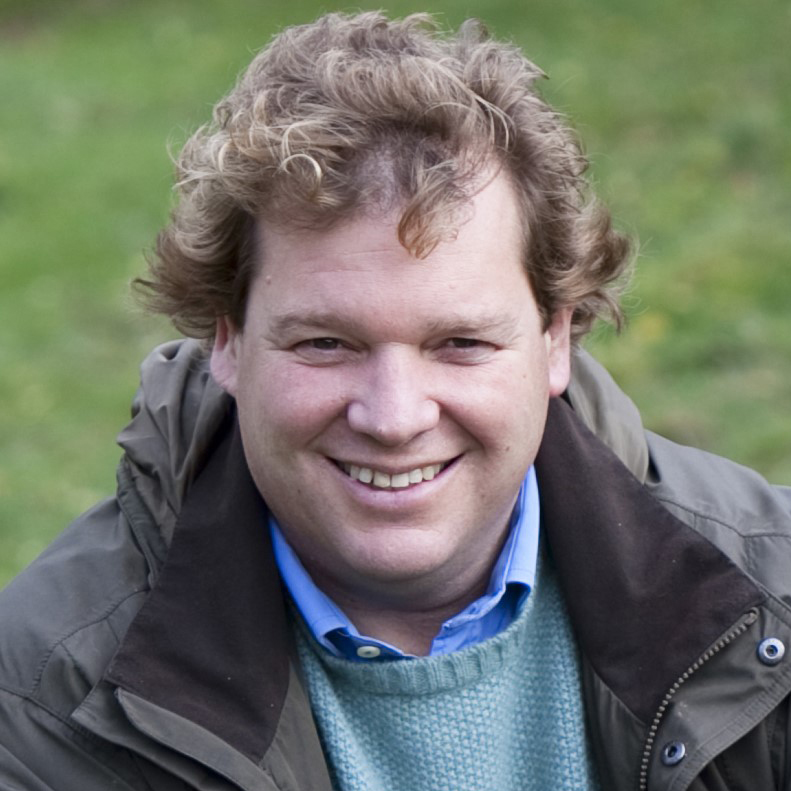 What can philanthropic and sustainable investing family members do to support The Oak Project?
What can philanthropic and sustainable investing family members do to support The Oak Project?
Our first year of programming has demonstrated that creatively growing connection to nature is both good for people and planet. This programme has been warmly received by our audiences, the art world and the media alike, with publicity reaching an audience of seven million across the UK and beyond.
We now want to develop the project further, working to take the concept of creatively growing connection to nature to a truly national scale. There are three ways in which philanthropic and sustainable investing family members can support us:
1. Become a patron – We are actively seeking donors to support our next commission, outreach work with communities who will most benefit from an increased connection to nature, and the production of creative resources to inspire more people to take action for nature.
2. Visit the centrepiece of our programme to date, Silence, at Yorkshire Sculpture Park.
3. Spread the word – we’re delighted with the impact we’ve had so far, please share our results with your networks and encourage others to visit and support us.






